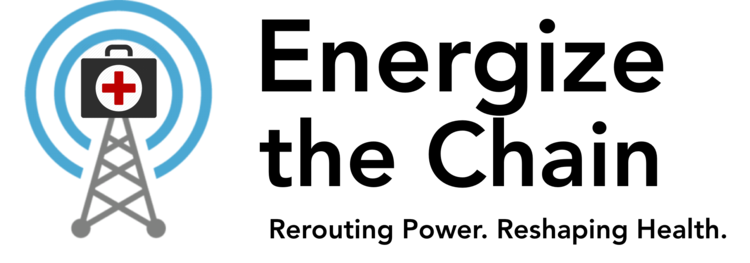STAFF at Morganster Hospital,which serves a remote community in Zimbabwe’s Masvingo province, used to sleep fitfully. If the power failed and a back-up generator was offline – common problems in the impoverished nation – they would have to jump out of bed and drive for 26 kilometres to stash their stock of life-saving vaccines in a fridge in the provincial capital.
But those days are over, thanks to a pilot project that is testing a simple idea floated in the pages of New Scientist. In that article, infectious disease specialist Harvey Rubin of the University of Pennsylvania in Philadelphia and Alice Conant, then a student at Harvey Mudd College in Claremont, California, suggested using surplus power from cellphone towers to run the refrigerators needed to keep perishable vaccines cool (18 September 2010, p 24).
Their idea is now being tried out at 10 church-run hospitals across Zimbabwe, with the backing of Econet Wireless, a cellphone provider based in Johannesburg, South Africa. After Bernard Fernandes, Econet’s chief technology officer, heard Rubin give a presentation in Mombasa, Kenya, in March 2011, he went straight to Econet’s chairman, Strive Masiyiwa, with a proposal. “He said to me: ‘Get on with it’,” Fernandes says.
Cellphones have overtaken landlines in developing countries. To keep their towers working reliably in areas where the power often fails, or the masts are off the grid, cellphone firms have installed generators, and sometimes solar panels. Surplus power can then be used to chill vaccines, maintaining the cold chain, the weakest link in efforts to immunise children against diseases like polio, measles and diphtheria.
To be sure that power glitches wouldn’t cause problems, Fernandes chose fridges by True Energy of Tywyn, UK, that can keep cool for 10 days without power, even in temperatures above 40 °C. The fridges have sensors to monitor temperature both inside and out, and to detect when the door is opened. This data is relayed back via the cellphone network, allowing Econet and its partners to know immediately if anything goes wrong. The fridges are either housed in a shelter beneath the cellphone tower, or in the hospital if it is nearby.
Several other projects are in the planning stages. In India, Rubin’s non-profit organisation, Energize the Chain, is talking to the Vodafone Foundation and the Karuna Trust, which is known for its work in providing healthcare to the “untouchable” Dalit caste. This initiative would include a controlled experiment to confirm if sites powered by cellphone towers have less vaccine spoilage. This is easy to check because vials of vaccine can be fitted with labels that darken on exposure to heat. Meanwhile in Kenya, Energize the Chain hopes to launch a pilot project involving 10 or more sites, with the backing of both the Kenyan and US governments.
Anthony Battersby, a consultant based near Bath, UK, who conducted a feasibility study for the Kenyan project, worries that high-tech fridges might fail, and so has proposed making ice at the cellphone towers instead, then moving it to coolers in clinics.
Rubin says he doesn’t mind which technology is used, as long as vaccines are kept cool and more children get immunised. “What’s remarkable is the rapidity with which the idea has been picked up,” he says. Peter Aldhous
